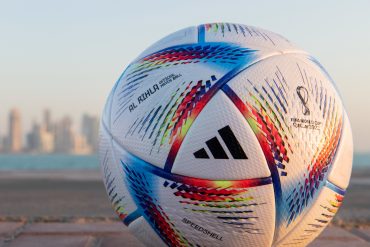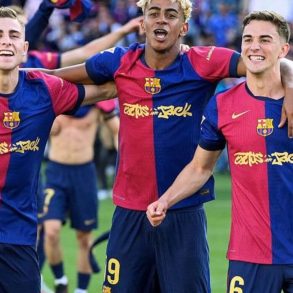FIFA World Cup always tends to be a special occasion for most people. With the Qatar 2022 World Cup just around the corner, FIFA, in association with Adidas, released the picture for the Qatar 2022 World Cup Official Match ball on their Twitter. The match ball has always been an integral part of the tournament as it encapsulates the true nature of game along with the culture of the host country. FIFA World Cup balls have always held the prestige of being a monumental part of the whole tournament. Even after the conclusion of the tournament, the FIFA World Cup balls carry on the legacy and memories of the event to future generations.
Ever since the inception of the tournament in 1930, the world cup has seen its fair share of memorable World Cup specific balls. With that in mind, let us take a stroll down memory lane and look at some of the World Cup footballs which were in use.
Also Read: FIFA World Cup 2022: List of Football matches on October 12
Tiento & T-Model (1930)
The first-ever football World Cup was held in Uruguay in 1930. There was no official ball allotted at the time, and thus a very controversial decision was made to swap out the footballs at halftime to give both the teams a fair chance with their own footballs. The finalists were Uruguay and Argentina in the 1930 World Cup. Argentina’s ball was called the ‘Tiento‘, and Uruguay used T-Model‘, which was a bit heavier. This proved to be a crucial factor in deciding the victor. With Argentina leading at halftime with a score of 2-1, the introduction of Uruguay’s football after halftime prompted the hosts to fire three goals. Thus they became the inaugural World Champions.
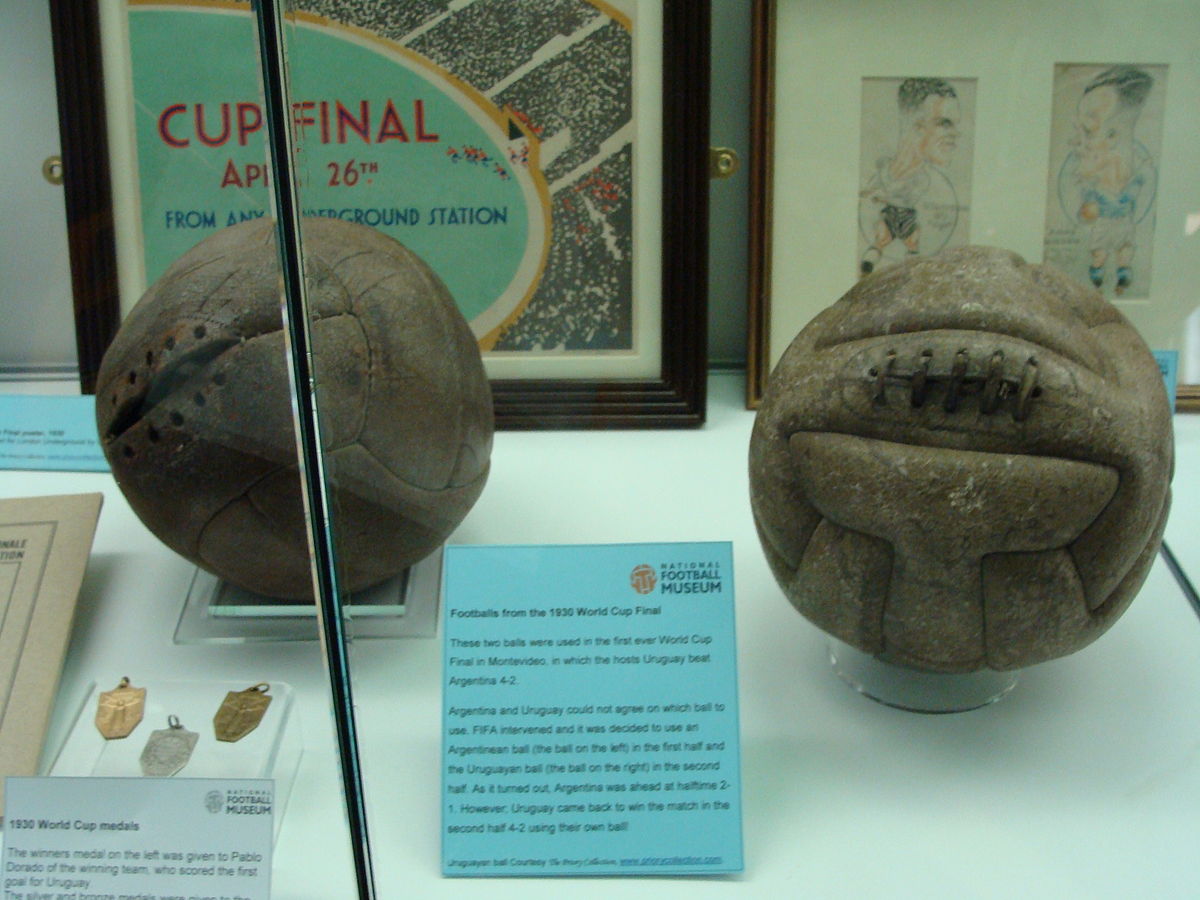
Federale 102 (1934)
Italy took the responsibility to host the 2nd World Cup, and they came up with the Federale 102 ball for the tournament. Over the course of 4 years, they were able to understand the importance of not switching the balls at halftime and instead stuck to a single ball throughout the competition. However, there were concerns raised regarding the quality of the ball. The finished product at the time depended on the ball inflater and how well versed was he at his craft. The more skillful they were, the more round the ball turned out to be. Unfortunately, the quality was not up to the mark, and they were often replaced by a backup ball which was made by the English people. Before each match, both the captains had the choice to select the match ball, and more often than not, the English ball was picked. This did not matter though, for the Italians as they marched on to win their first World Cup.
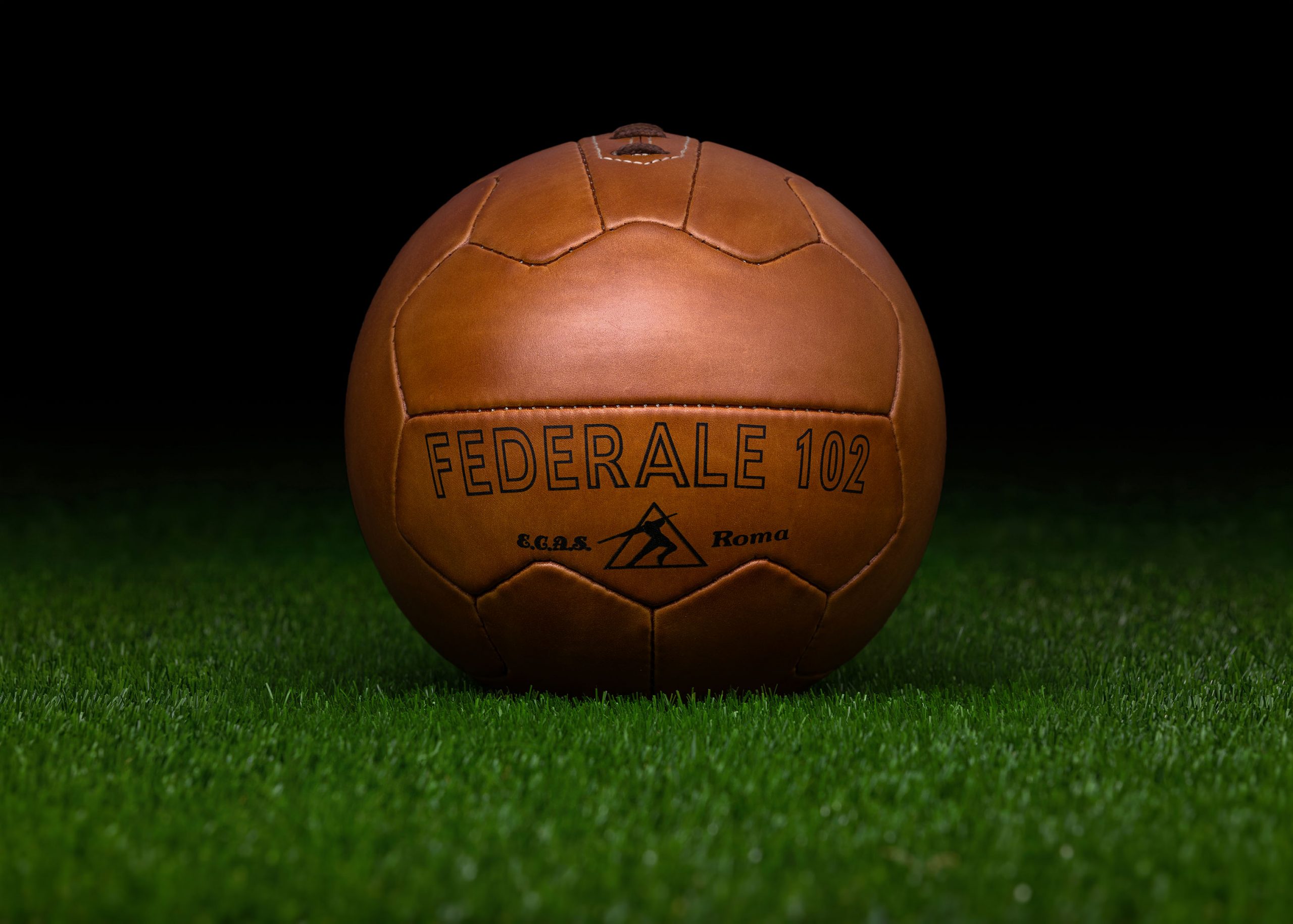
Allen (1938)
The third World Cup, which was held in France, saw a Paris-based manufacturer Allen be given the responsibility to produce the match ball for the tournament. This also marked the first time a company was able to brand their product. The design of the ball was more or less the same as the Federale 102, however the edges of the panels on the Allen ball were much more rounded than the Federale. This allowed for a more smooth and rounded finish for the ball. However, everything again depended on the skill of the inflater. As a result, there were still back up balls used to counter poor quality balls. The smooth design however would allow future manufacturers to adopt and work on perfecting the design of the ball in the years to come.
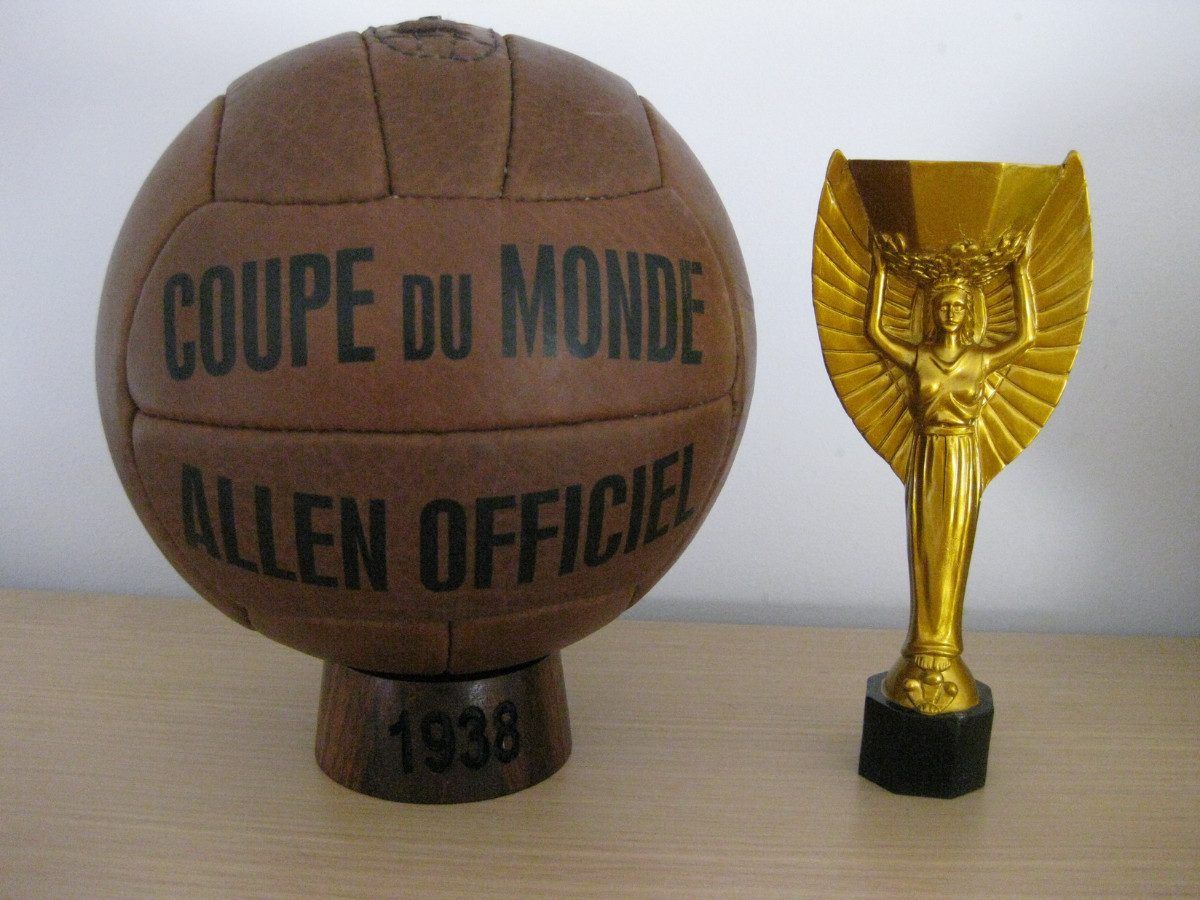
DUPLO T (1950)
With the unfortunate event of World War II, the tournament was put on hold for 12 years. That allowed the technology to advance almost a decade. In 1950, when the tournament was back in action, a complete overhaul of the ball was made which eliminated the requirement of a skilled inflater. The official balls were now made using closed leather sphere without laces, which was then protected by an outer layer of leather sheets. It was named the Duplo T.This allowed for the ball to be inflated with the help of a pump and needle through a tiny valve. Thus marking the first time a ball was used uniformly across all matches in the tournament.
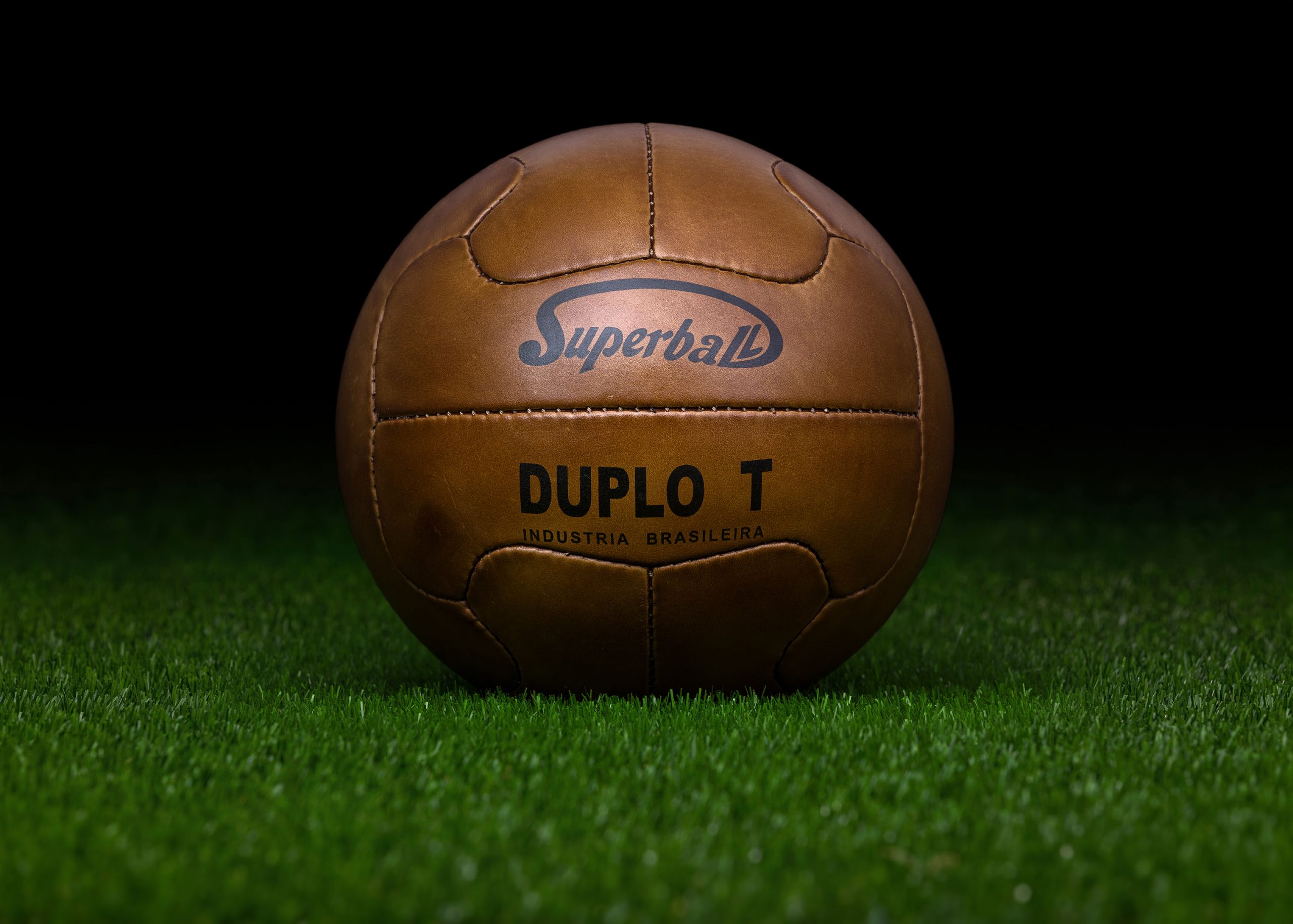
Swiss World Champion (1954)
640
The next FIFA World Cup ball was manufactured by a Swiss company named Kost Sport. The event was held in Switzerland, and this time, they made another important innovation to the ball, which would define it for decades. The Kost Sport Company came up with the idea of an 18-panel structure, with the panels interlocking together in a zig-zag pattern. They named the ball the Swiss World Champion, and it had bright yellow color.
Top Star (1958)
For the 1958 World Cup, which was held in Sweden, FIFA decided to invite manufacturers from all over. They decided to put up a competition to select the official match ball. This was the first time FIFA decided to hold a competition to decide on the official match ball. They received 102 entries, out of which they selected the ball made by a company from Angelholm. They named the winning ball Top Star, and it was the first ball to be used in the World Cup to have 24 panels.
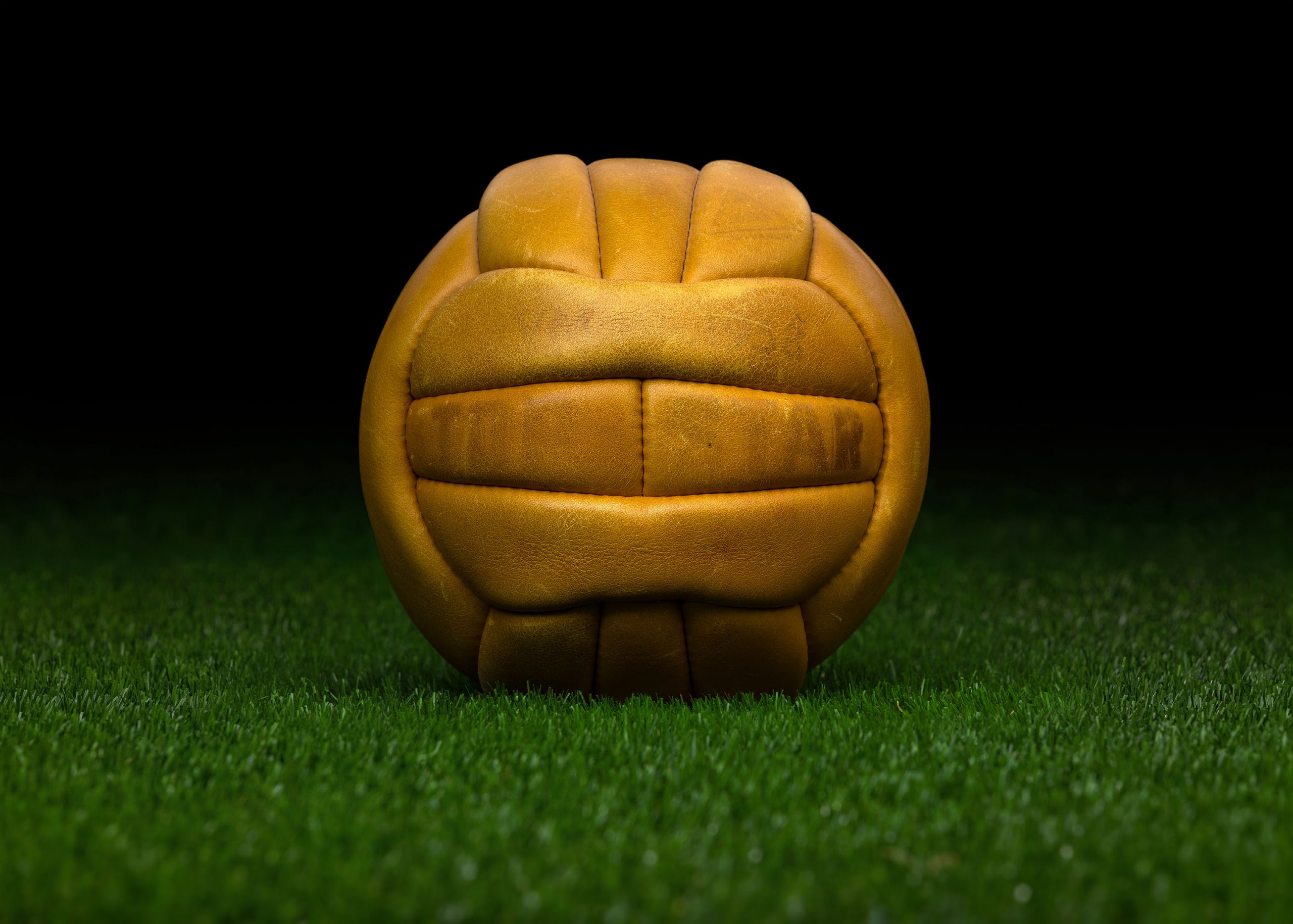
Crack (1962)
The Crack was a bold name at the time, and it certainly gained the notoriety of being one of the most divisive FIFA World Cup balls to be ever made for the tournament. The ball was created for the 1962 World Cup by a Chilean company Custodio Zamora. The unique feature of the ball which made it infamous was the fact that all 18 panels of the ball were of irregular shape. These probably were the reason for the poor performance of the ball as the players encountered abrasion, brittleness, and waterlogging. Nevertheless, one of the most important innovations to come out of the ball was the latex inflation valve, which was adopted for later iterations.
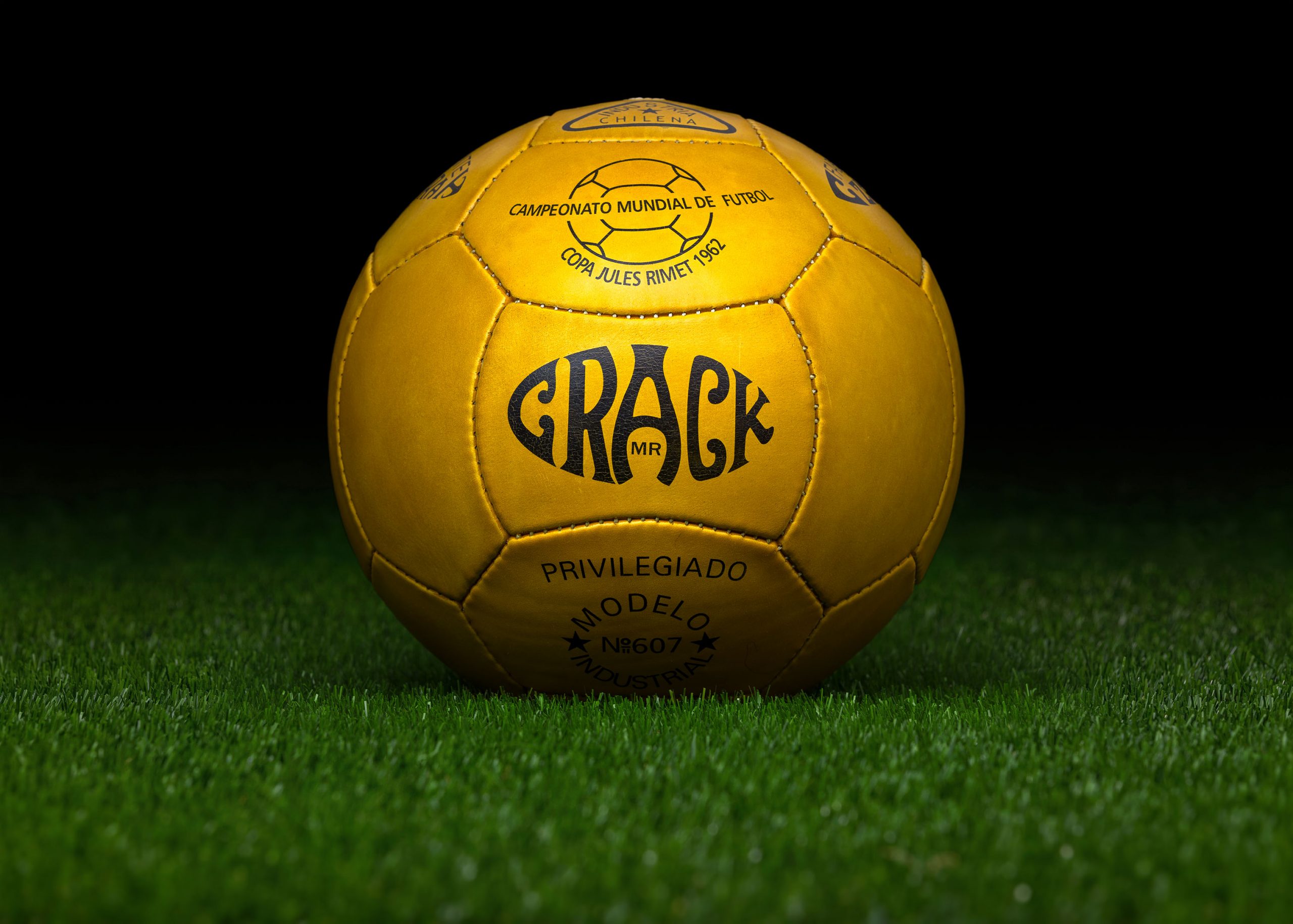
Challenge 4-Star (1966)
In 1966, the World Cup was hosted by England, which was considered as the birthplace of football. The English Football Association took a double-blind peer review process to select the FIFA World Cup Balls. Out of the 111 sent in that year, they managed to narrow it down to 8 final balls. In the end, Challenge 4-Star ball which was made by a racket-sports equipment company named Slazenger. The ball had 25 panels instead of the usual 24 and was used throughout the tournament.
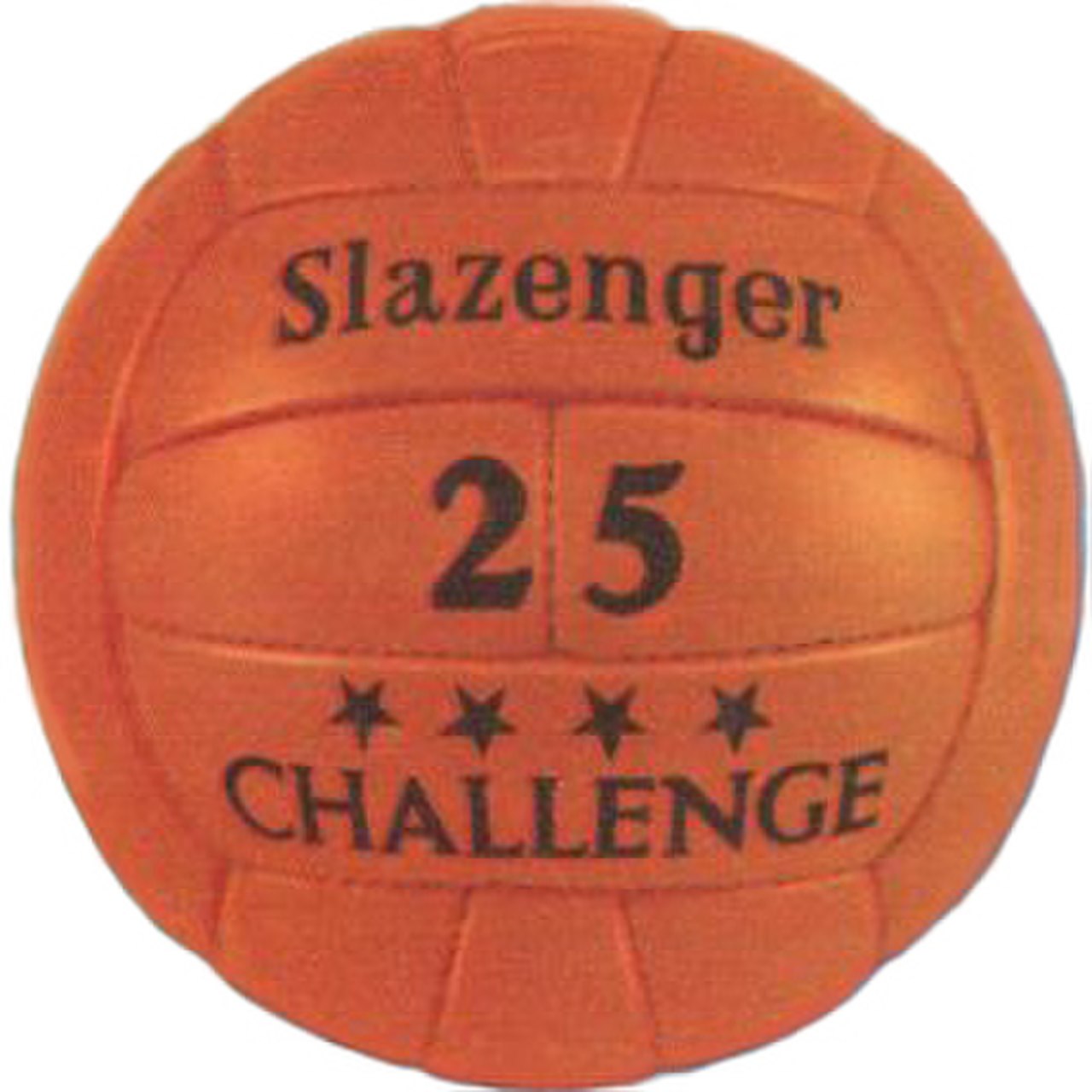
Telstar (1970)
Telstar marked the arrival of Adidas into the foray. They were assigned with the task to create a ball which would improve the visibility of the ball on television. The 1970 FIFA World Cup also marked the first time it was set to be broadcast worldwide. Thus Adidas came up with the iconic black-and-white panels, which would ease the viewing experience from home. The Telstar was a 32-panel ball, and it the design became synonymous with football even to this day.
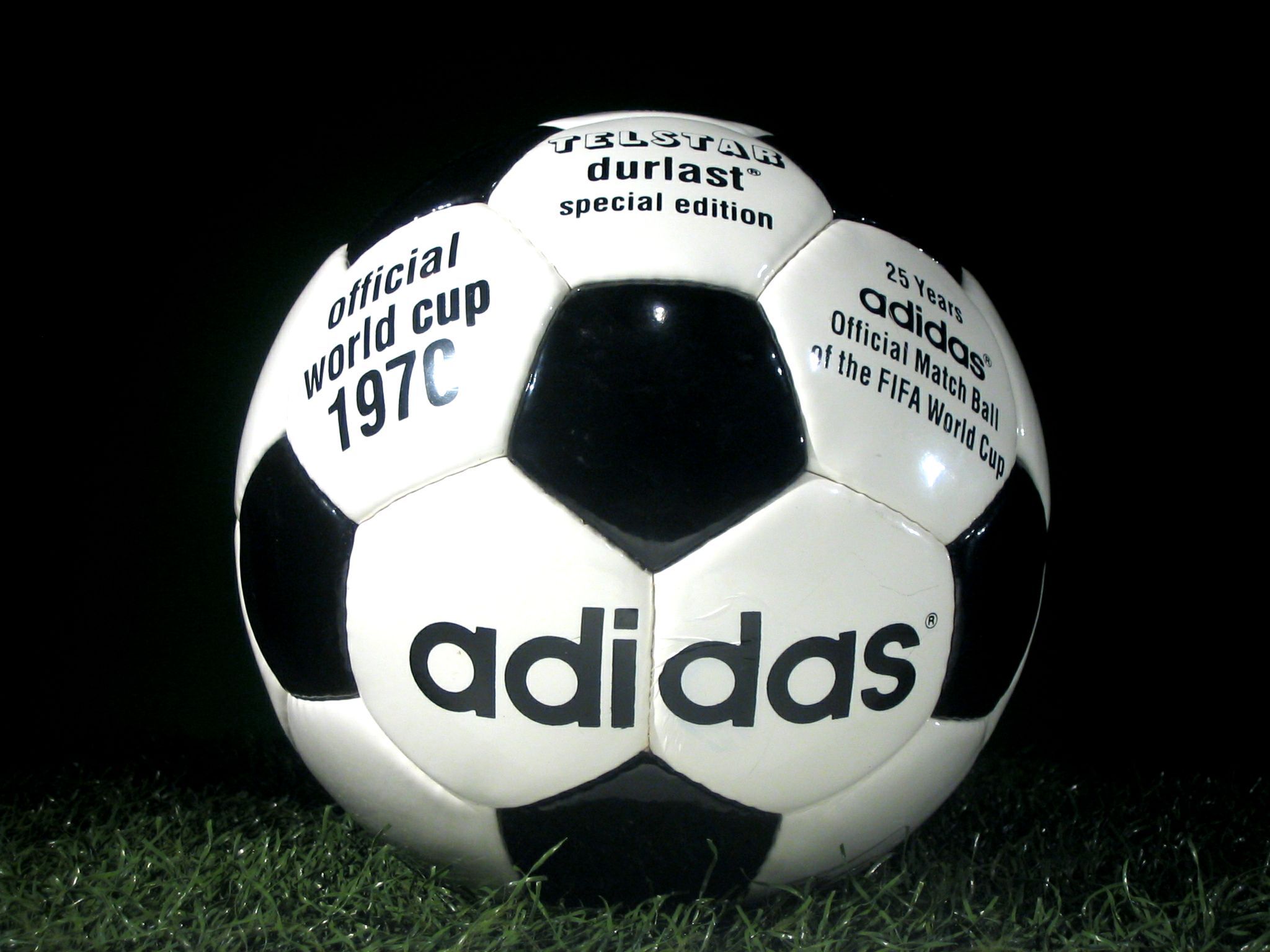
Telstar Durlast (1974)
Such was the brilliance of the first Telstar, Adidas decided it would be wise to leave the design alone. No need to fix what isn’t broken. This philosophy guided Adidas, who were now the official partners of FIFA, thus, they held the right to leave their branding on the ball. They applied a thicker coat of ‘Durlast’, and the FIFA World Cup ball was renamed as Telstar Durlast. The ball again was a huge hit worldwide and became iconic over a period of time.
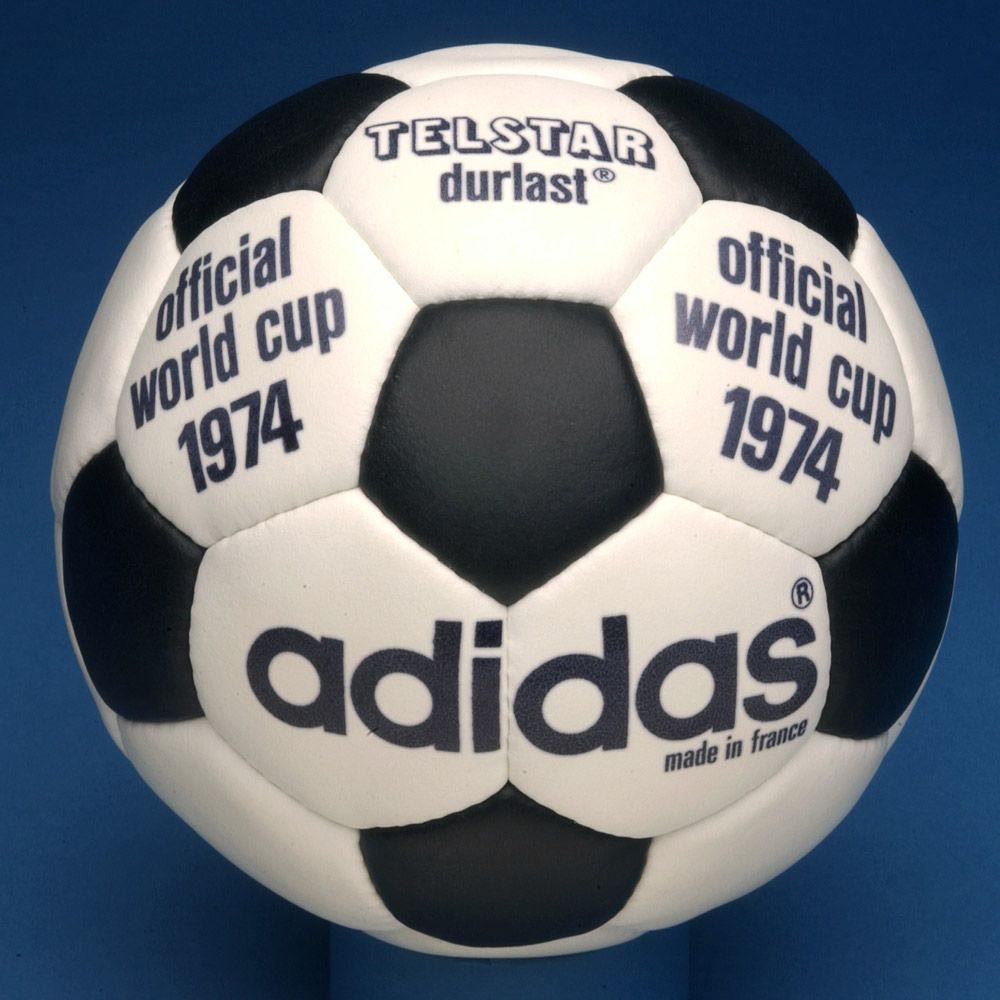
Tango (1978)
The 1978 FIFA World Cup saw the introduction of Tango. It was named after a famous dance in Argentina. Adidas were riding the success of Telstar balls, and they hit it out of the park once again. The FIFA World Cup ball had an all-white base with black triangles arranged in a circular pattern, creating a certain effect when the ball rolled across the grass. Once again a huge hit and easily became one of the most recognizable ball in the world at the time. However, the ball also marked an important phase in the history of FIFA World Cup balls. The Tango marked the end for the leather ball, which was soon set to be discontinued.
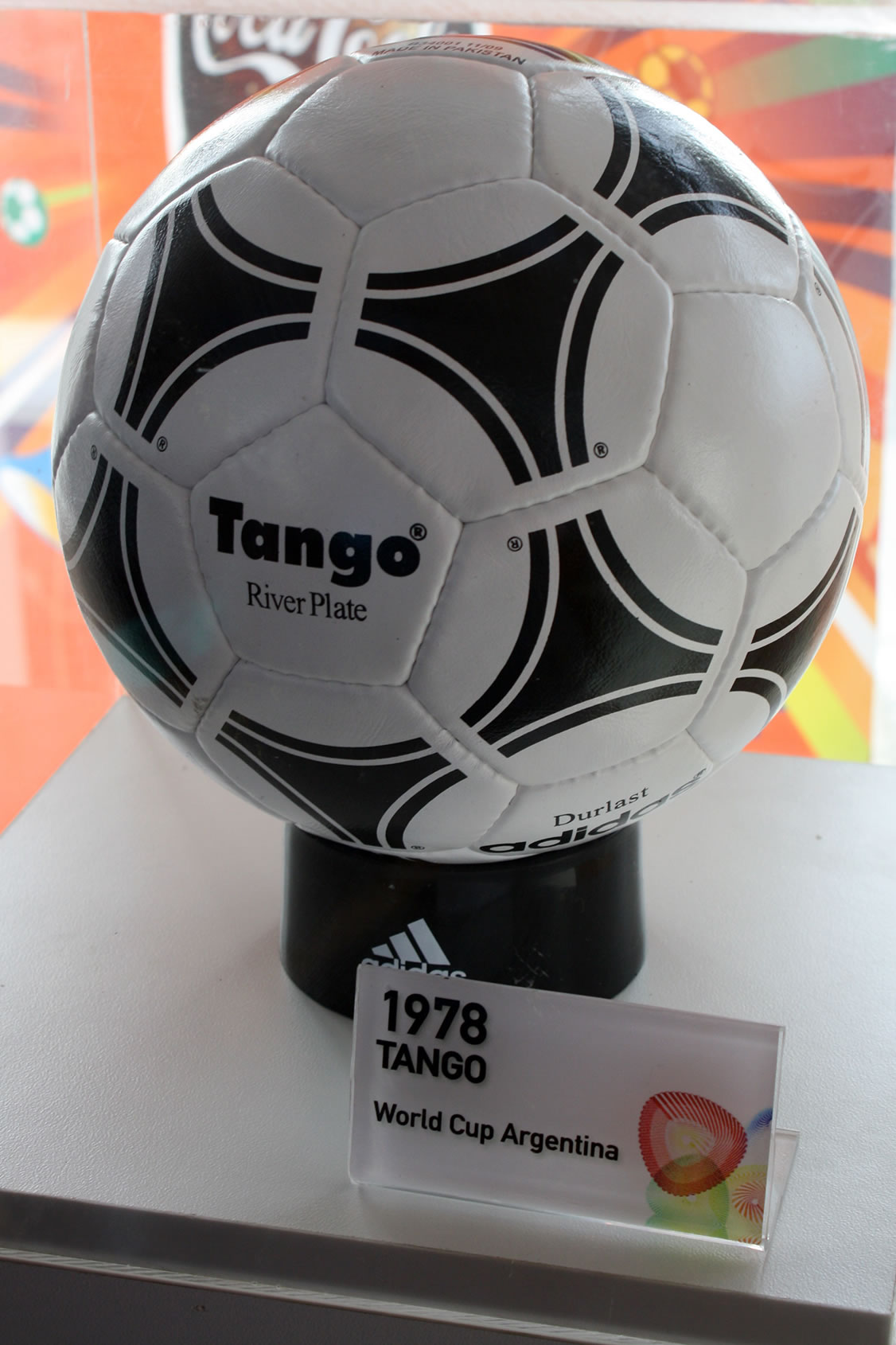
Tango Espana (1982)
With the success of Tango, they again followed their philosophy of not fixing which isn’t broken and introduced an improved version of the Tango, named Tango Espana. The improvements included water-resistance, durability of the ball, and no longer needing the coating of Durlast. This was mainly because the seams were welded together. The later years saw them adding a water-repellent polyurethane layer which would completely do away with requiring leather for the ball.
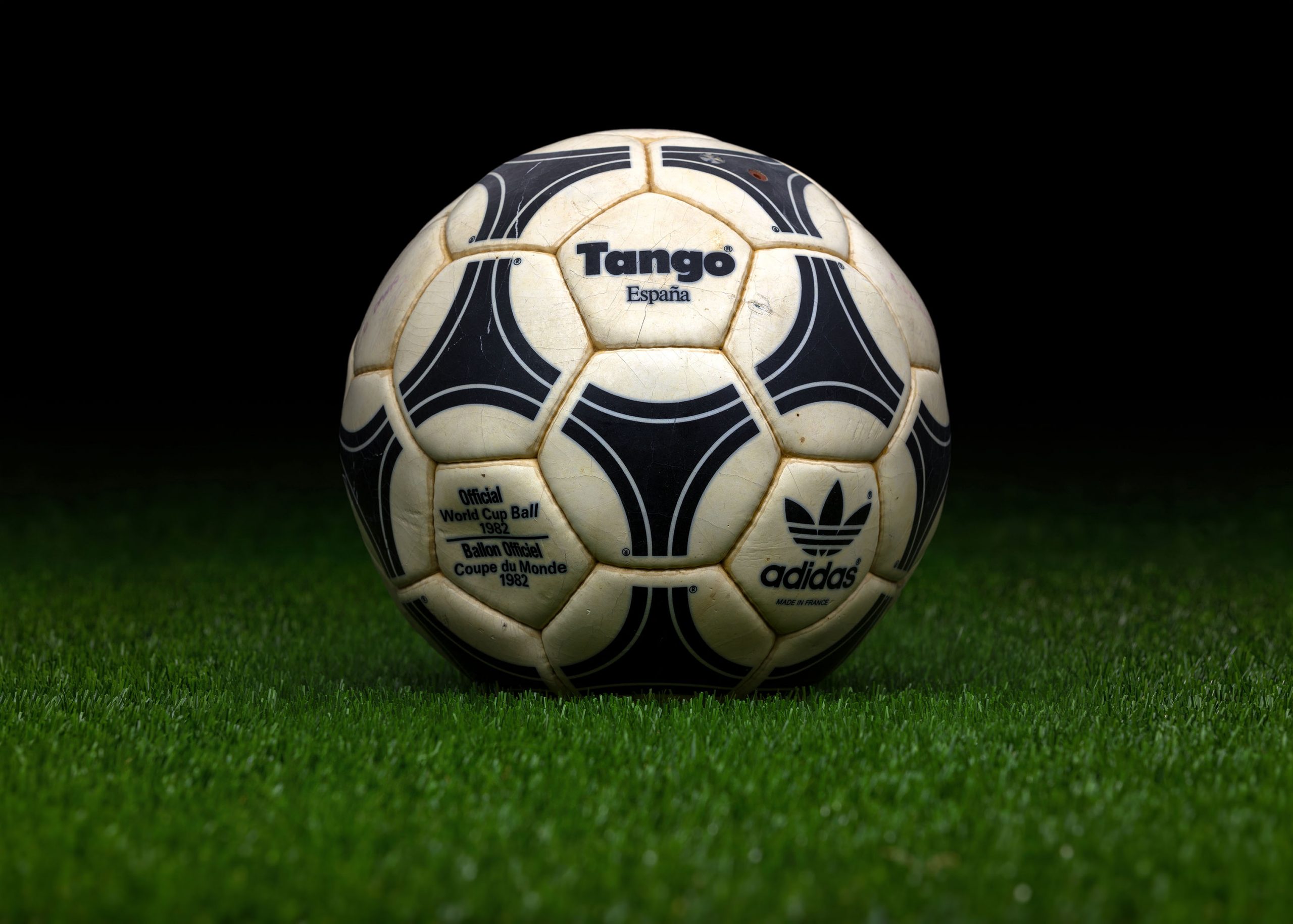
Azteca (1986)
In 1986, the World Cup was hosted by Mexico, and they named the ball Azteca, which was named after the Aztec architecture and murals in the country; the design of the ball also honored the Aztec architecture in the country. The ball marked an important moment in the history of World Cup balls. The Azteca was the first synthetic ball to be used at a World Cup. They also started the tradition of designing the balls after the culture and heritage of the host country.. Something they follow it to this day. Synthetic balls proved to be a massive success as they did not require the use of animal leather, they were able to hold their shape after being kicked, they were extensively more water-resistant, and at the end of the day, a much more durable option than leather balls.
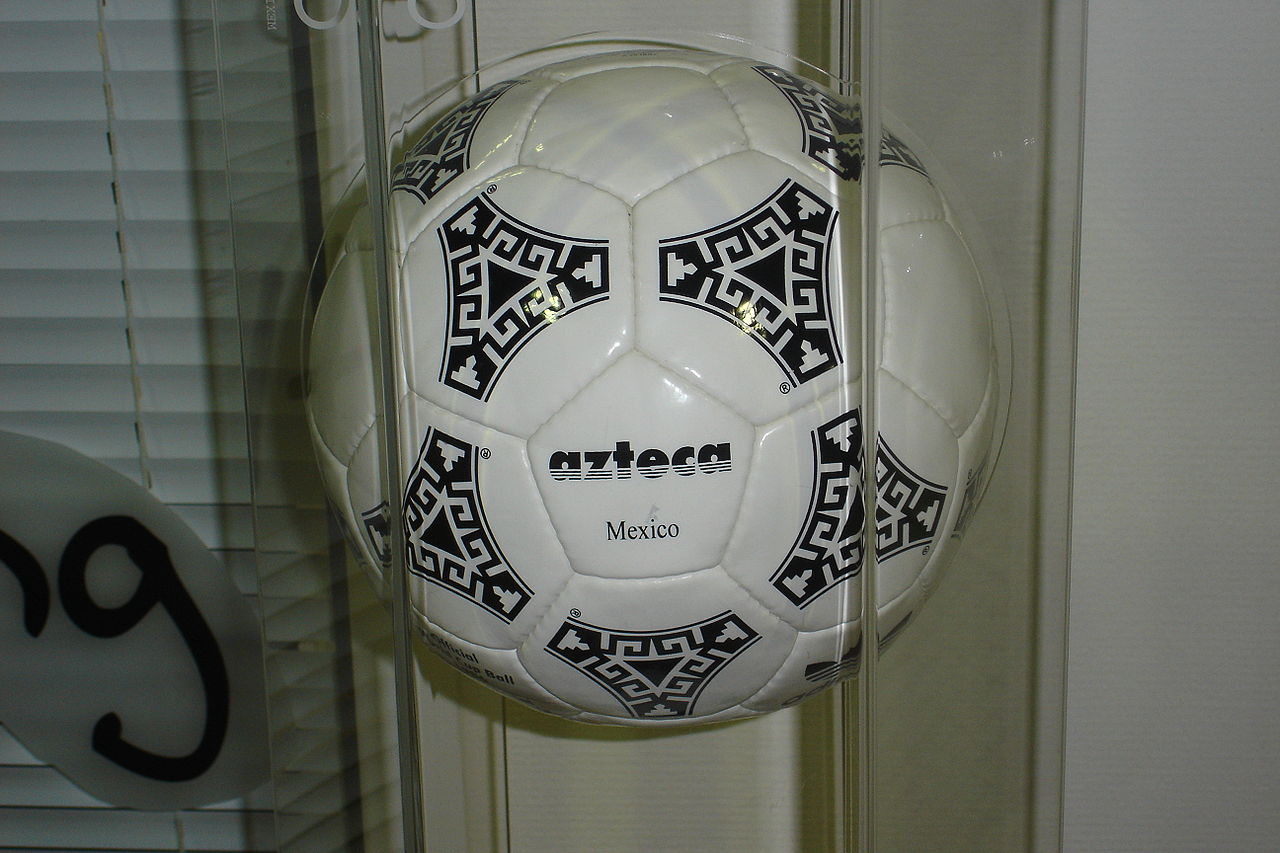
Etrusco Unico (1990)
The Etrusco Unico paid homage to the Etruscans, which was a civilization of ancient Italy. The design was reminiscent of the Azteca and Tango, however, the triads were decorated with the heads of Etruscan lions. They continued their trend of using a fully synthetic ball. The ball had improved water resistance, durability, and rebound. It was also the first of its kind to receive an internal layer of black polyurethane foam.
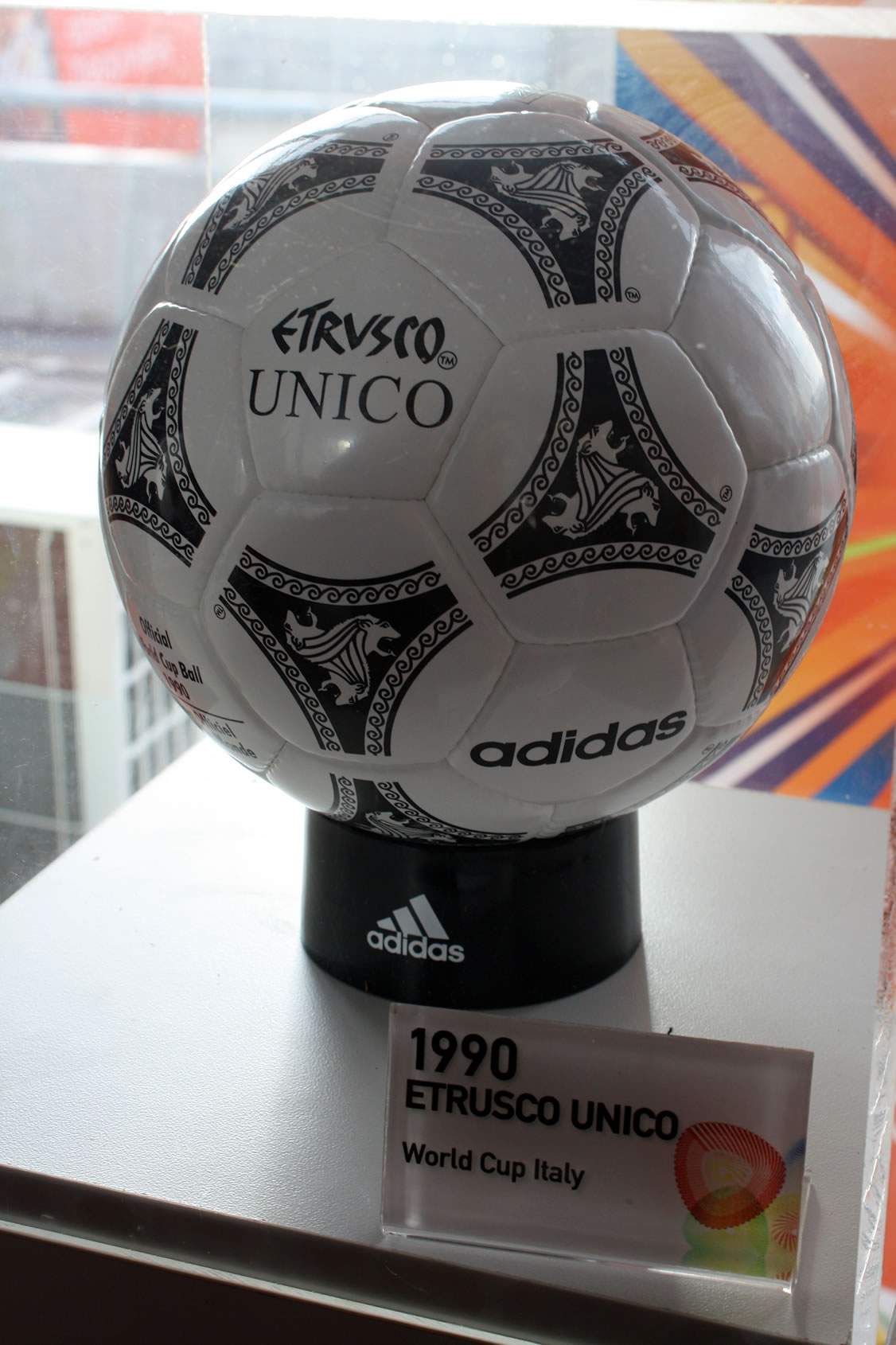
Questra (1994)
The United States of America were the hosts of the 1994 FIFA World Cup, with Adidas introducing the official match ball to be the Questra. They went with the design owing to the space exploration programs (most notably the Apollo 11 mission) at the time and made a space travel-themed ball to honor that event. They improved the ball with a layer of polystyrene foam on the outside of the ball. This innovation apparently made the ball feel softer and easier to control, all the while increasing its speed at the same time. This was proven to be somewhat true as the tournament saw some of the most spectacular goals and was one of the highest-scoring World Cup.

Tricolore (1998)
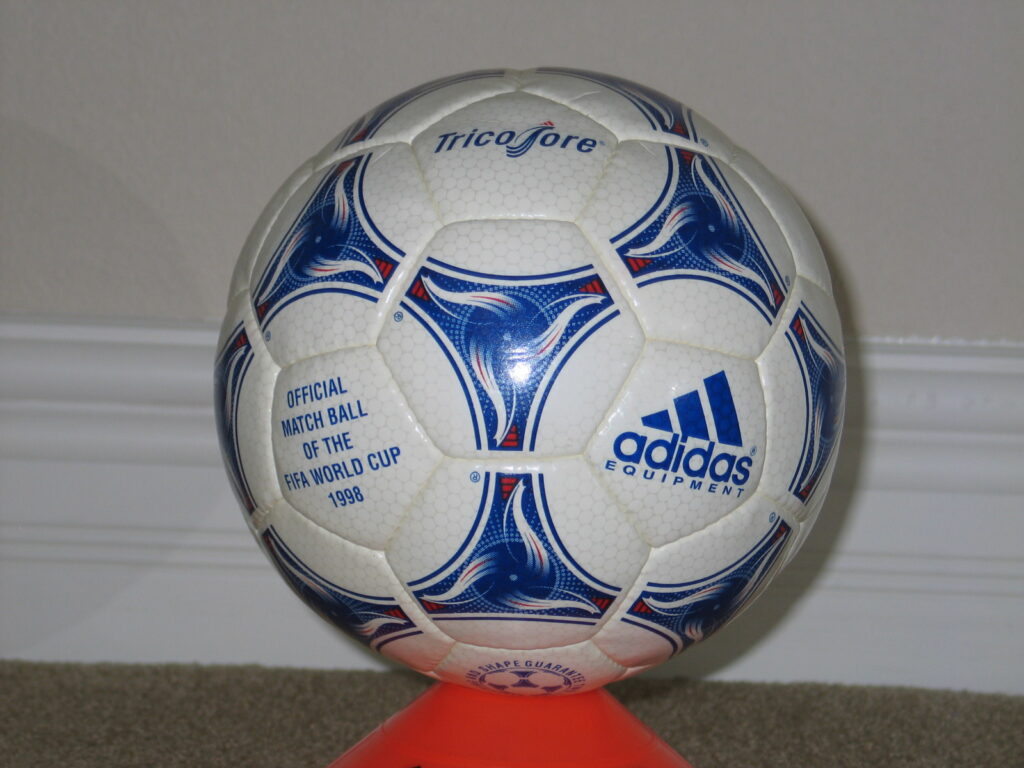
The Tricolore was introduced to the world for the 1998 World Cup held in France. The Tango triads were present however, Adidas gave it a red, blue, and white flair to honor the French flag. The ball was more or less the same, with slight improvements in the foam layer that was introduced in the 1994 Questra. Other than the slight improvements, the addition of color to the ball gave it a new and refreshing feel, which felt long overdue after a series of similar designs. The next World Cup changed all of that,
Fevernova (2002)
The 2002 World Cup is iconic for various reasons. The Brazilian dream team, the surprising performance of South Korea, the dominating performance from the German team, and the Fevernova ball. The design of the ball at the time was unlike anything we had seen. A futuristic look for the ball with green, gold, and red triangular patterns made the ball feel special. They also made the ball feel lighter, according to the players than previous models. Adidas also claimed that the ball was their most precise ball they have ever made. It was a hit among the players and fans alike. Also, personally, the Fevernova holds a nostalgic place for the 90s kids growing up. It is still considered to this day as the best FIFA World Cup ball ever made, and we are not here to argue that.
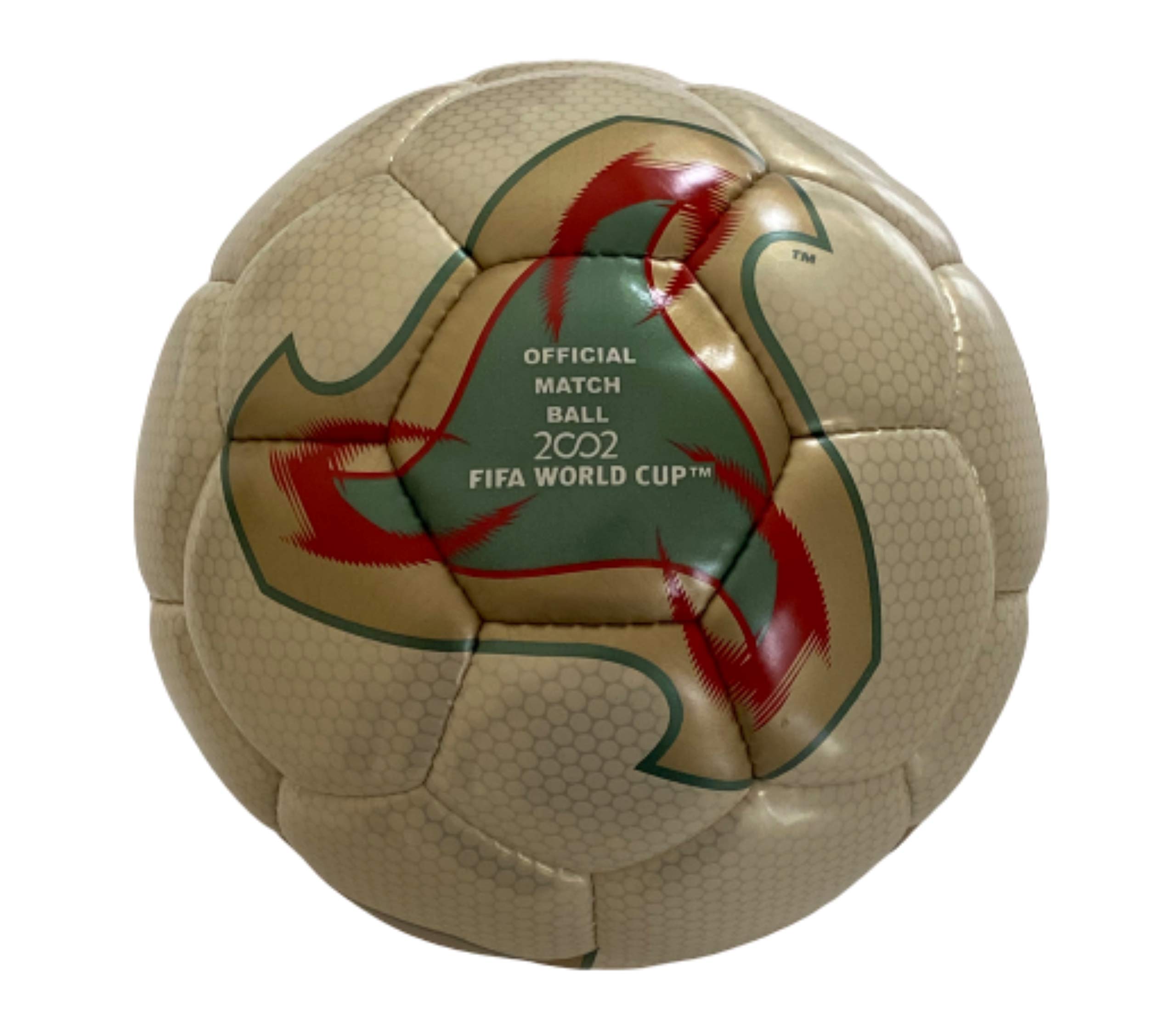
Teamgeist (2006)
The 2006 World Cup was held in Germany, and the ball was named Teamgeist, which means team spirit. This was a tribute to hosts Germany’s tradition of collective strength over individual brilliance. Adidas had now begun experimenting with their designs. The success of Fevernova ignited their passion for a much more inspiring looking ball. The ball had a 14-panel design with fewer seams. This allowed the ball to be more rounder, consistent, and it was able to perform more consistently regardless of where it was hit. However, due to the over emphasis of making it rounder and smoother, it gave the ball a ‘knuckleball’ effect when the ball was airborne. This made the ball difficult and unpredictable at times.
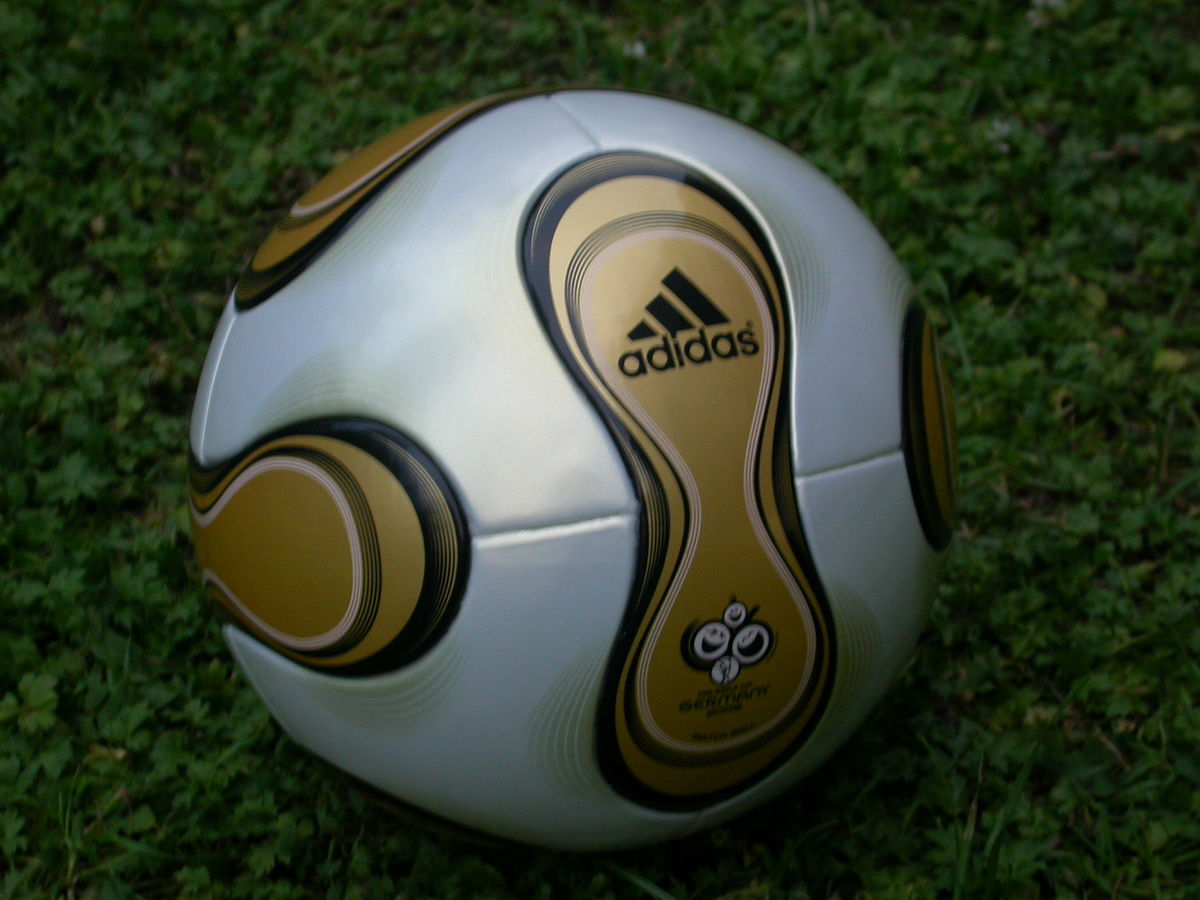
Jabulani (2010)
Continuing their fascination of making the ball more round and consistent, Adidas produced an anomaly in the form of the Jabulani. The decreased the number of panels to 8 in order to make it smooth and round. However, that only increased the unpredictability of the ball tenfold. The goalkeepers were up in arms against this travesty. Famous players like Iker Casillas and Julio Cesar termed the ball as horrible and cheap. All aspects of the game was affected by the horrible design of the ball. Later it was found that the smooth surface allowed the ball to move much more in the air than intended making it unpredictable. With the conclusion of the 2010 World Cup, people were happy to put the ball to rest and never to speak again.
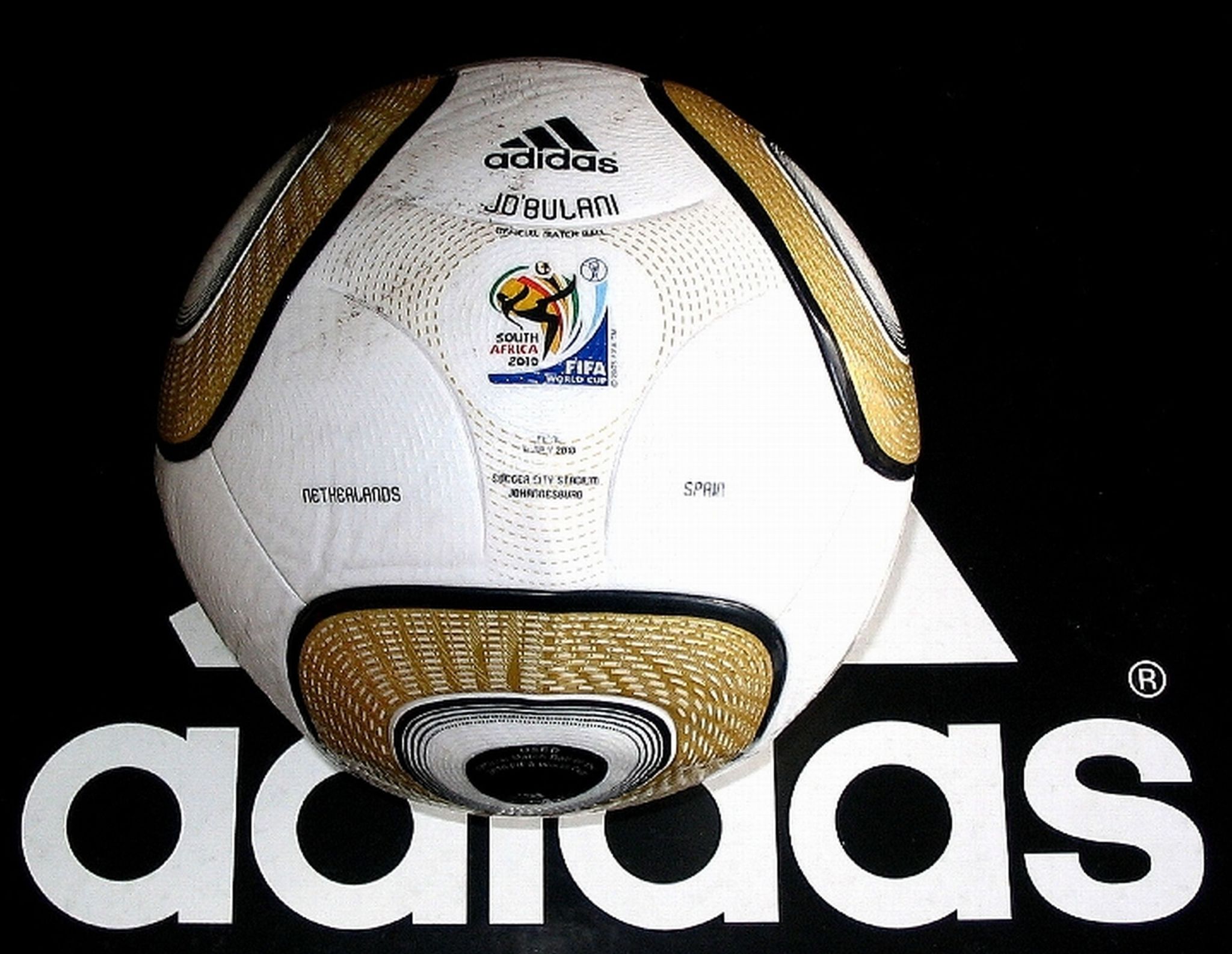
Brazuca (2014)
Adidas went back to the drawing board after their horrible time with the Jabulani. This time they rectified all their mistakes and stuck to the basics. There was a reduction of the number of panels on the ball with just 6 panels however the ball went on to perform adequately, and it was sent to players and teams worldwide to have extensive feedback before the tournament. After they were happy with the feedback, they launched the ball with the name Brazuca, which is a slang word for ‘Brazilian’. According to FIFA, the word was used to describe national pride or anything “Brazilianish”. The ball aimed to capture the spirit and passion of Brazilians when it comes to football, and it was the perfect name to honor that.
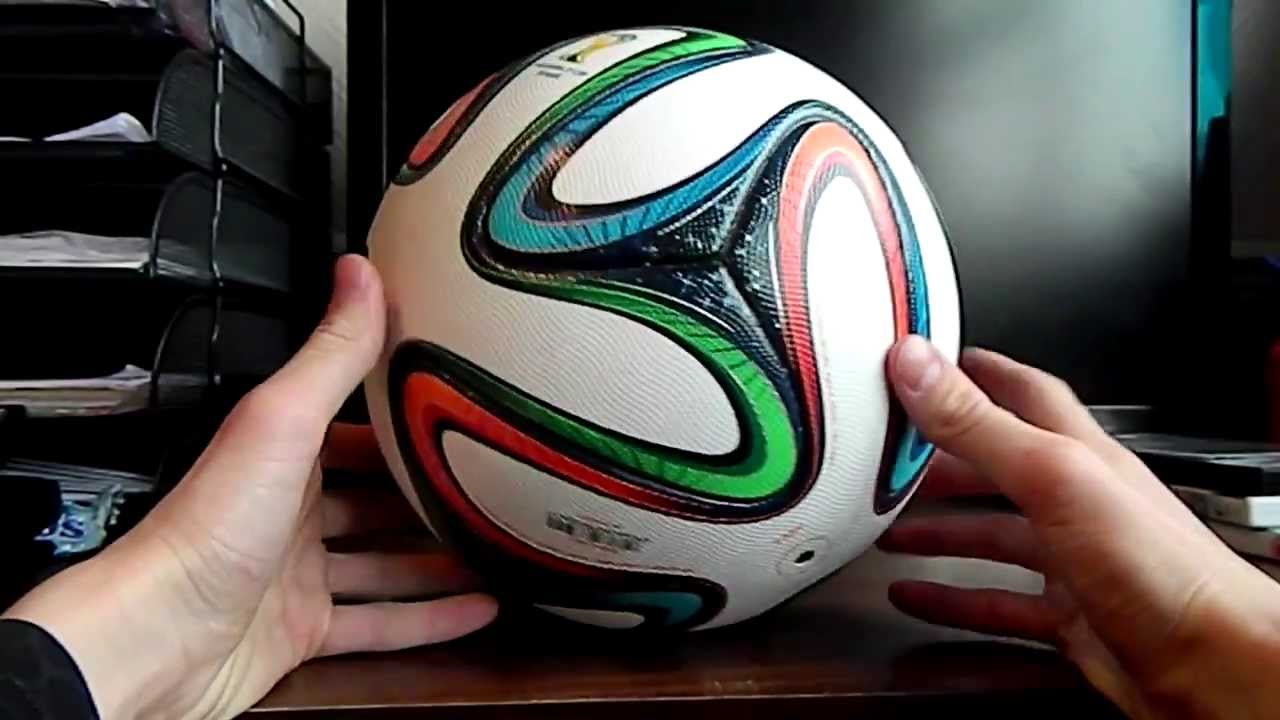
Telstar 18 (2018)
Adidas were back at it again, with Telstar 18 bringing back the old classic, which made them iconic, however, with a modern twist in the design. The design of the ball comprised of a gradient, mosaic effect with black sections all over. A hint of gold was present throughout the ball, and the Adidas logo along with the name Telstar printed on the white surface of the ball. It had 6 panels arranged in a such a manner that it gave an effect of the classic 32-panel Telstar ball when it rolled. However, there were some criticisms regarding the grip of the ball. Goalkeepers David de Gea and Pepe Reina branded the ball as “strange”. However, the overall consensus of the ball was mediocre.
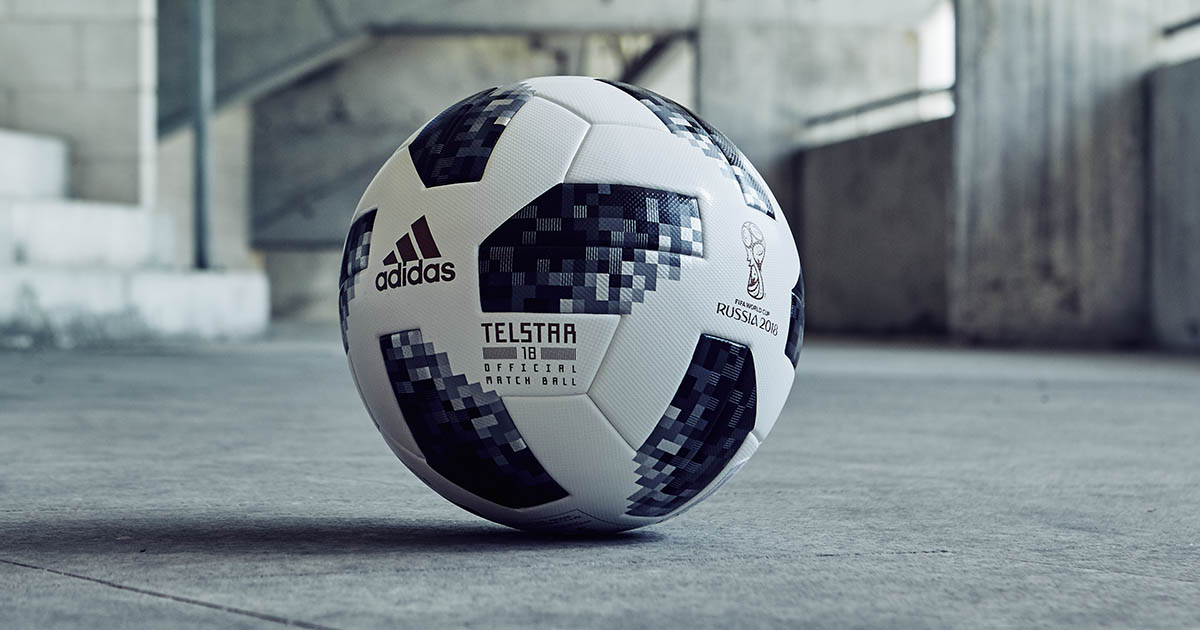
Al Rihla (2022)
Al Rihla is poised to be the next FIFA World Cup ball for the 2022 Qatar World Cup. The ball design comprises of three stripes accompanying the logo of Adidas without the naming. A chic design, to say the least. Also, Adidas claims to have tested the ball numerous times and made it the fastest in flight’ ball in the history of the World Cup. We still need to hold out till the start of the tournament to have a conclusive decision as to how the football fares compared to others, but going by design, it looks pretty impressive for the tournament.
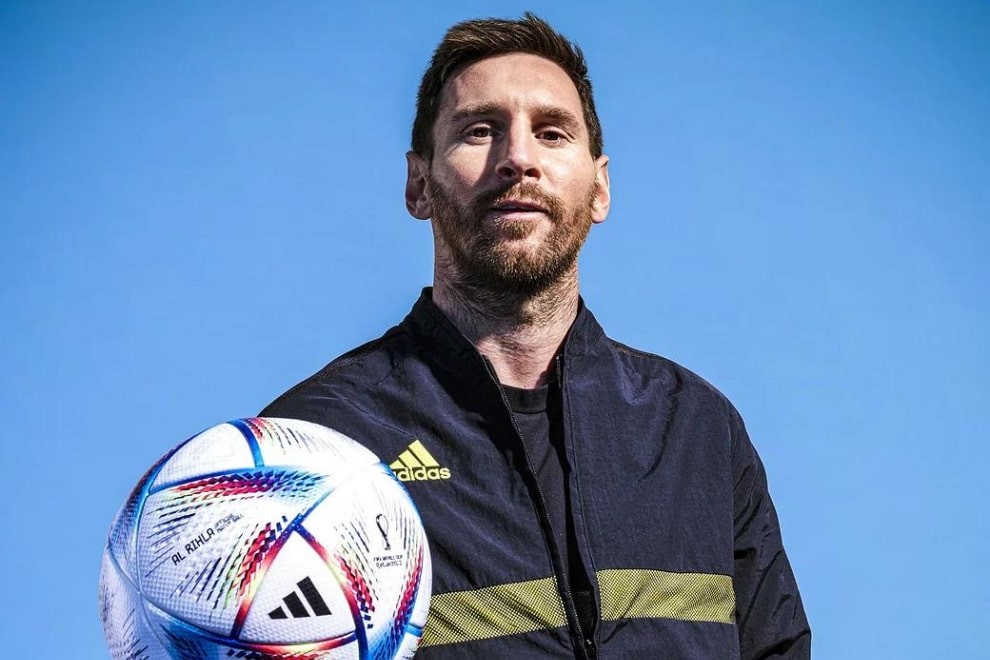
Also Read: Top 10 Most Expensive Basketball Players in the NBA



